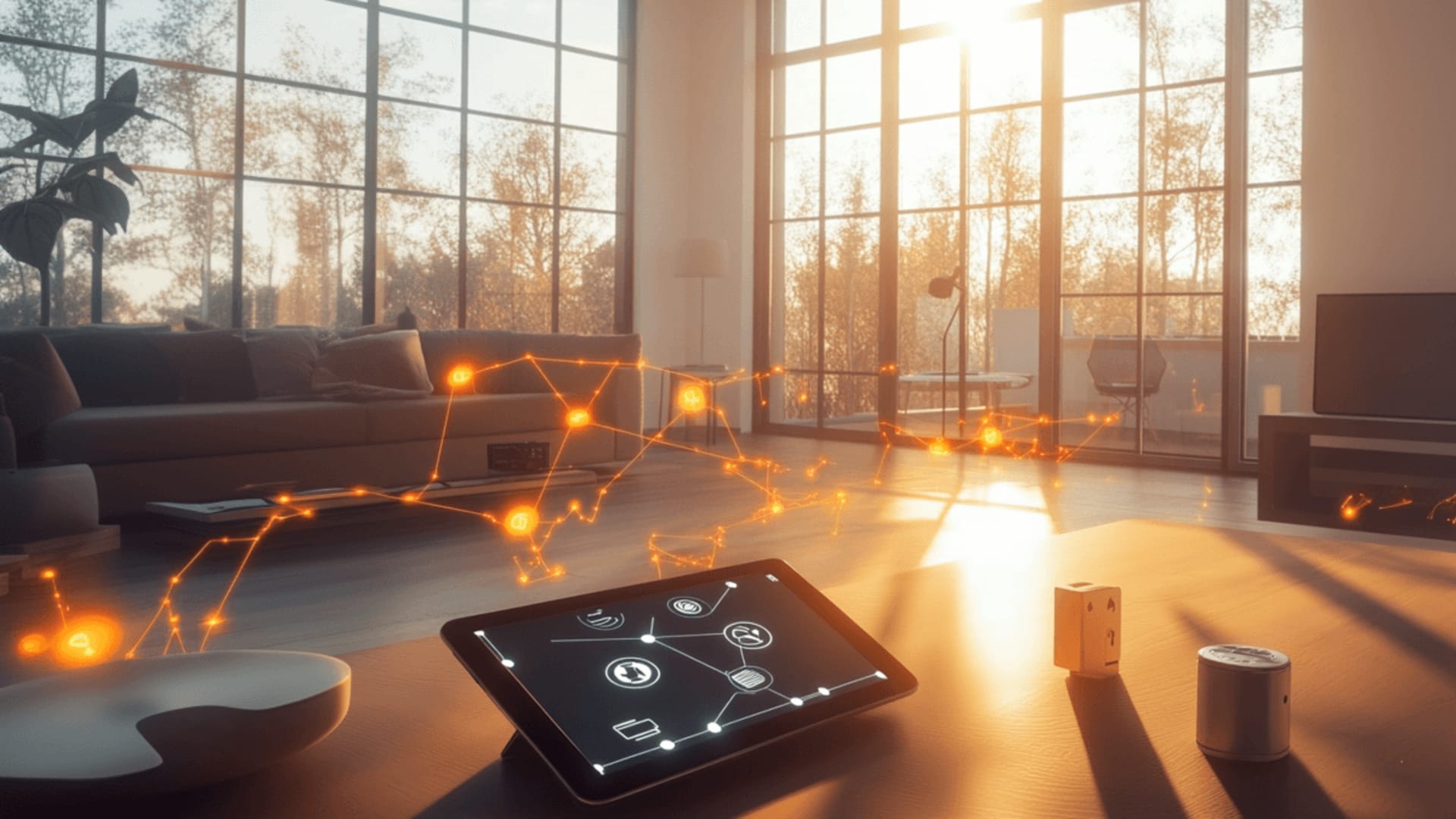Your blog for Outsourcing and Tech News

By BairesDev Editorial Team
8 min read

By BairesDev Editorial Team
7 min read

By BairesDev Editorial Team
19 min read

By BairesDev Editorial Team
14 min read

By BairesDev Editorial Team
15 min read

By BairesDev Editorial Team
9 min read

By BairesDev Editorial Team
12 min read

By BairesDev Editorial Team
3 min read

By BairesDev Editorial Team
12 min read

By BairesDev Editorial Team
12 min read

By BairesDev Editorial Team
9 min read
The Ultimate AI Test: ChatGPT vs. Gemini vs. Perplexity vs. Copilot vs. Claude – Who’s the Smartest?

By BairesDev Editorial Team
13 min read












